Financial System Adaptability and Resilience
This research group investigates critical aspects of financial system adaptability and resilience. First, it analyses the impact of natural disasters on financial systems. Second, the group aims to investigate the effects of political preferences for the green transition. Third, the group's research analyses the role of culture in economies.
Research Cluster
Financial Resilience and RegulationYour contact

Mitglied - Department Financial Markets
EXTERNAL FUNDING
07.2016 ‐ 12.2018
Relationship Lenders and Unorthodox Monetary Policy: Investment, Employment, and Resource Reallocation Effects
Leibniz Association
We combine a number of unique and proprietary data sources to measure the impact of relationship lenders and unconventional monetary policy during and after the European sovereign debt crisis on the real economy. Establishing systematic links between different research data centers (Forschungsdatenzentren, FDZ) and central banks with detailed micro-level information on both financial and real activity is the stand-alone proposition of our proposal. The main objective is to permit the identification of causal effects, or their absence, regarding which policies were conducive to mitigate financial shocks and stimulate real economic activities, such as employment, investment, or the closure of plants.
01.2015 ‐ 12.2019
Interactions between Bank-specific Risk and Macroeconomic Performance
German Research Foundation (DFG)
Refereed Publications
Credit Allocation and Value Creation of Banks: The Impact of Relationship Banking in Normal and Crisis-times
in: Revue d'économie financière, No. 106, 2012
Abstract
In this paper we review the literature on credit allocation and value creation of banks. We focus on relationship banking that occurs when a bank and a borrower engage into multiple interactions and when both parties invest in obtaining some counterparty specific information. We summarize how relationship banking generates costs and benefits for both firms and banks, but argue that on average it generates value for both of them. The impact however hinges substantially on whether we are in normal times versus crisis times. We further discuss how credit allocation as measured by industry specialization impacts firms and banks. At last we review the recent literature on securitization and relationship banking to study how securitization impacts the effects of relationship banking.
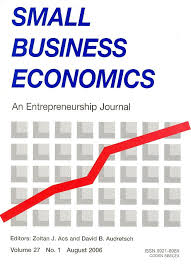
The Impact of Firm and Industry Characteristics on Small Firms’ Capital Structure
in: Small Business Economics, No. 4, 2012
Abstract
We study the impact of firm and industry characteristics on small firms’ capital structure, employing a proprietary database containing financial statements of Dutch small and medium-sized enterprises (SMEs) from 2003 to 2005. The firm characteristics suggest that the capital structure decision is consistent with the pecking-order theory: Dutch SMEs use profits to reduce their debt level, and growing firms increase their debt position since they need more funds. We further document that profits reduce in particular short-term debt, whereas growth increases long-term debt. We also find that inter- and intra-industry effects are important in explaining small firms’ capital structure. Industries exhibit different average debt levels, which is in line with the trade-off theory. Furthermore, there is substantial intra-industry heterogeneity, showing that the degree of industry competition, the degree of agency conflicts, and the heterogeneity in employed technology are also important drivers of capital structure.
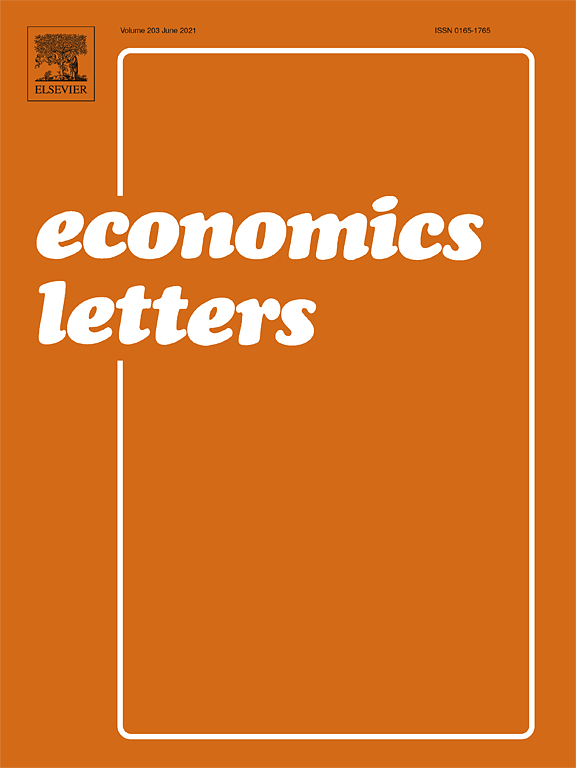
Enhancing Market Power by Reducing Switching Costs
in: Economics Letters, No. 3, 2012
Abstract
A proportional decrease in switching costs increases competition and social welfare. However, a lump-sum decrease in switching costs softens competition and does not invariably increase social welfare.
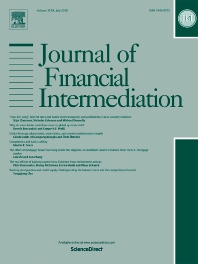
Rules versus Discretion in Loan Rate Setting
in: Journal of Financial Intermediation, No. 4, 2011
Abstract
Loan rates for seemingly identical borrowers often exhibit substantial dispersion. This paper investigates the determinants of the dispersion in interest rates on loans granted by banks to small and medium sized enterprises. We associate this dispersion with the loan officers’ use of “discretion” in the loan rate setting process. We find that “discretion” is most important if: (i) loans are small and unsecured; (ii) firms are small and opaque; (iii) the firm operates in a large and highly concentrated banking market; and (iv) the firm is distantly located from the lender. Consistent with the proliferation of information-technologies in the banking industry, we find a decreasing role for “discretion” over time in the provision of small credits to opaque firms. While widely used in the pricing of loans, “discretion” plays only a minor role in the decisions to grant loans.
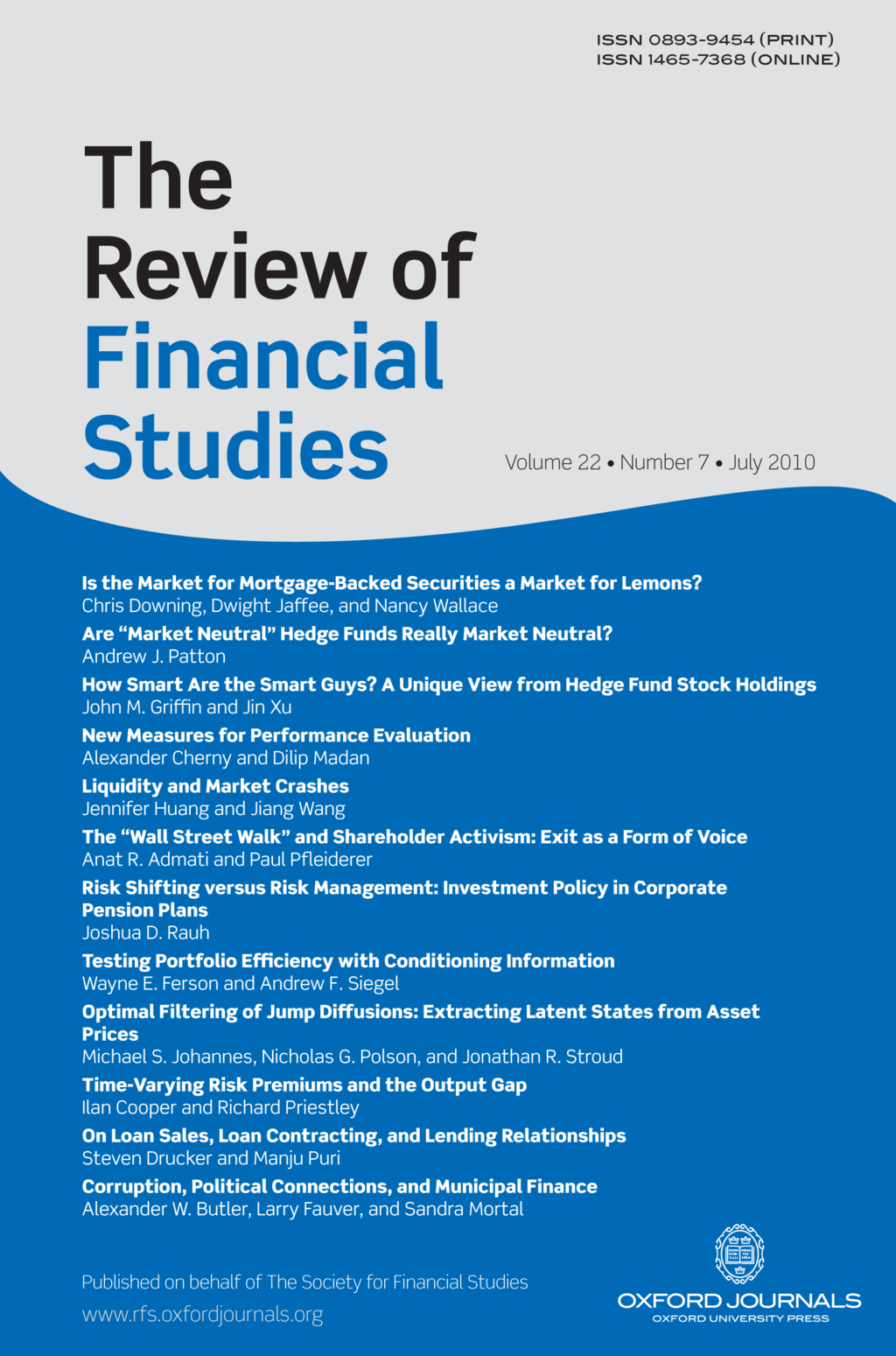
Staying, Dropping, or Switching: The Impacts of Bank Mergers on Small Firms
in: Review of Financial Studies, No. 4, 2011
Abstract
Assessing the impacts of bank mergers on small firms requires separating borrowers with single versus multiple banking relationships and distinguishing the three alternatives of “staying,” “dropping,” and “switching” of relationships. Single-relationship borrowers who “switch” to another bank following a merger will be less harmed than those whose relationship is “dropped” and not replaced. Using Belgian data, we find that single-relationship borrowers of target banks are more likely than other borrowers to be dropped. We track postmerger performance and show that many dropped target-bank borrowers are harmed by the merger. Multiple-relationship borrowers are less harmed, as they can better hedge against relationship discontinuations.
Working Papers
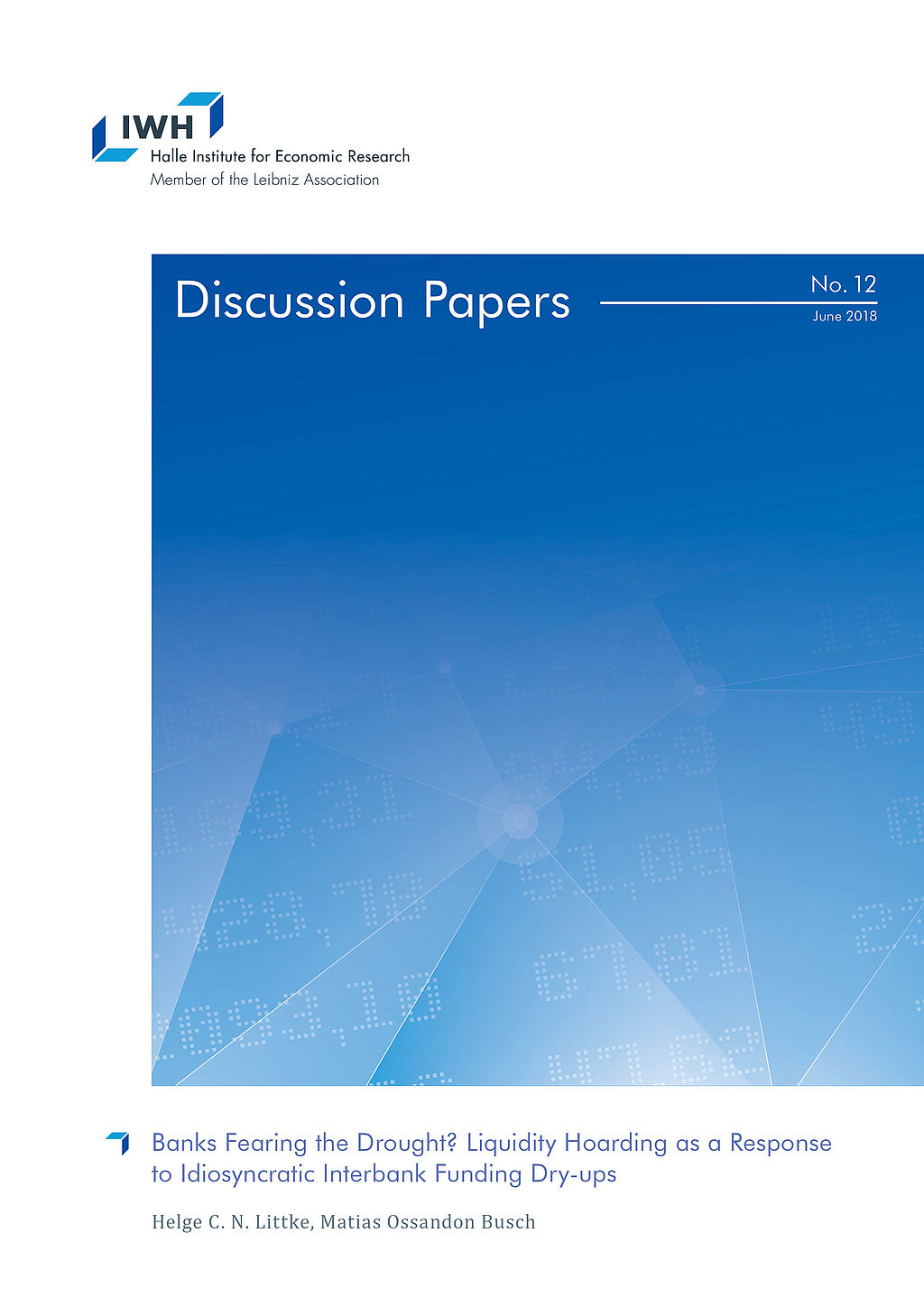
Banks Fearing the Drought? Liquidity Hoarding as a Response to Idiosyncratic Interbank Funding Dry-ups
in: IWH Discussion Papers, No. 12, 2018
Abstract
Since the global financial crisis, economic literature has highlighted banks’ inclination to bolster up their liquid asset positions once the aggregate interbank funding market experiences a dry-up. To this regard, we show that liquidity hoarding and its detrimental effects on credit can also be triggered by idiosyncratic, i.e. bankspecific, interbank funding shocks with implications for monetary policy. Combining a unique data set of the Brazilian banking sector with a novel identification strategy enables us to overcome previous limitations for studying this phenomenon as a bankspecific event. This strategy further helps us to analyse how disruptions in the bank headquarters’ interbank market can lead to liquidity and lending adjustments at the regional bank branch level. From the perspective of the policy maker, understanding this market-to-market spillover effect is important as local bank branch markets are characterised by market concentration and relationship lending.
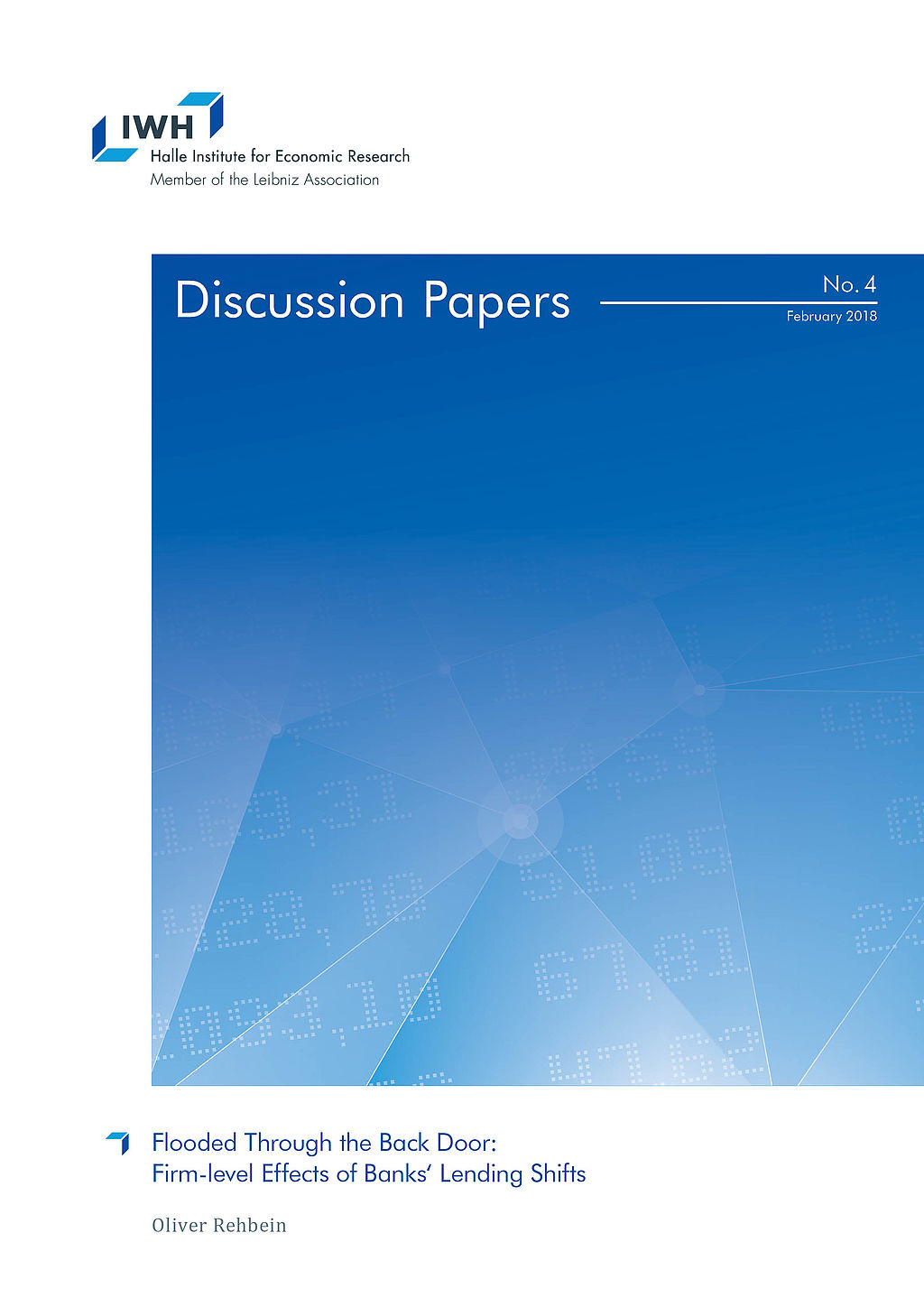
Flooded Through the Back Door: Firm-level Effects of Banks‘ Lending Shifts
in: IWH Discussion Papers, No. 4, 2018
Abstract
I show that natural disasters transmit to firms in non-disaster areas via their banks. This spillover of non-financial shocks through the banking system is stronger for banks with less regulatory capital. Firms connected to a disaster-exposed bank with below median capital reduce their employment by 11% and their fixed assets by 20% compared to firms in the same region without such a bank during the 2013 flooding in Germany. Relationship banking and higher firm capital also mitigate the effects of such negative cross-regional spillovers.
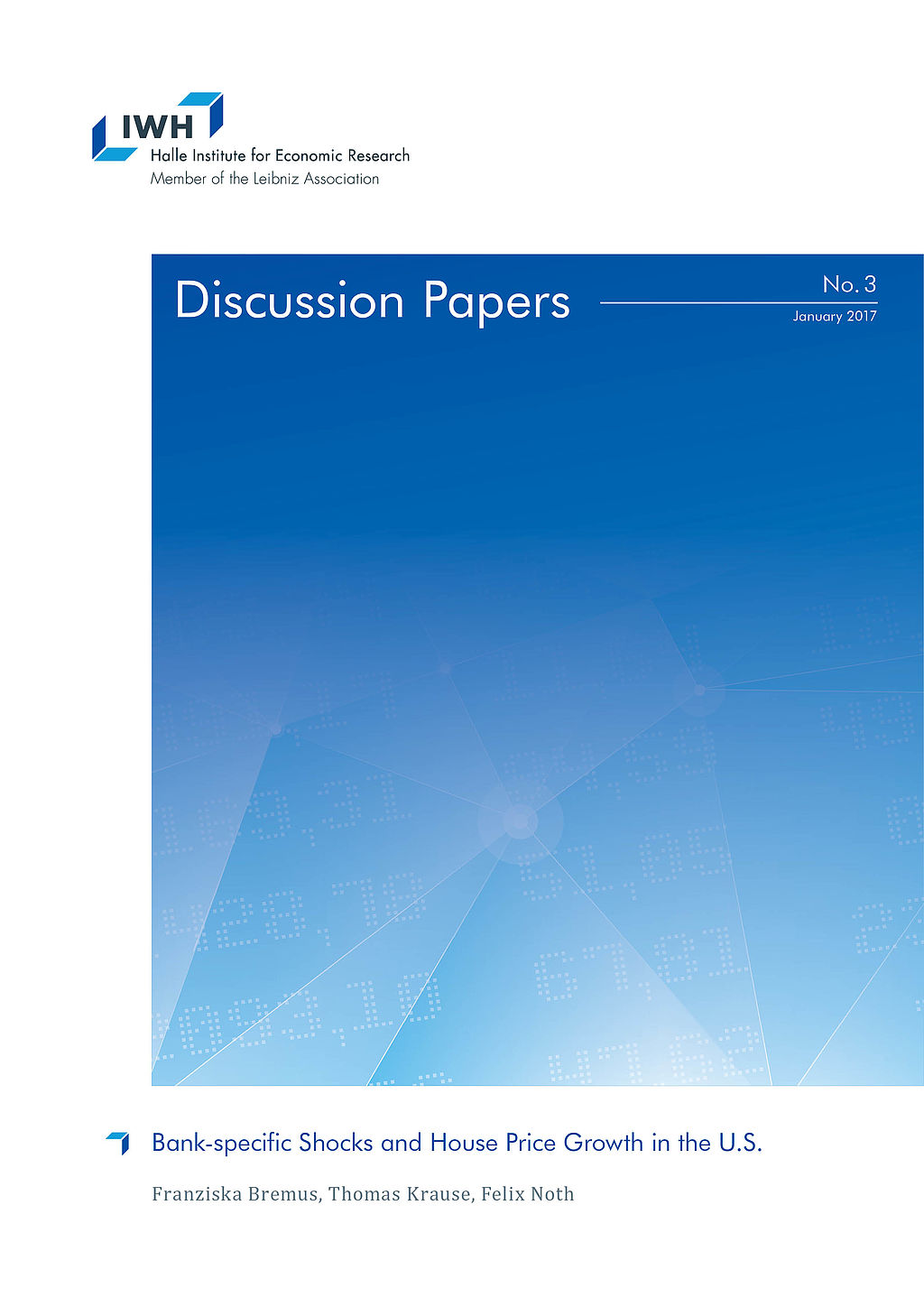
Bank-specific Shocks and House Price Growth in the U.S.
in: IWH Discussion Papers, No. 3, 2017
Abstract
This paper investigates the link between mortgage supply shocks at the banklevel and regional house price growth in the U.S. using micro-level data on mortgage markets from the Home Mortgage Disclosure Act for the 1990-2014 period. Our results suggest that bank-specific mortgage supply shocks indeed affect house price growth at the regional level. The larger the idiosyncratic shocks to newly issued mortgages, the stronger is house price growth. We show that the positive link between idiosyncratic mortgage shocks and regional house price growth is very robust and economically meaningful, however not very persistent since it fades out after two years.
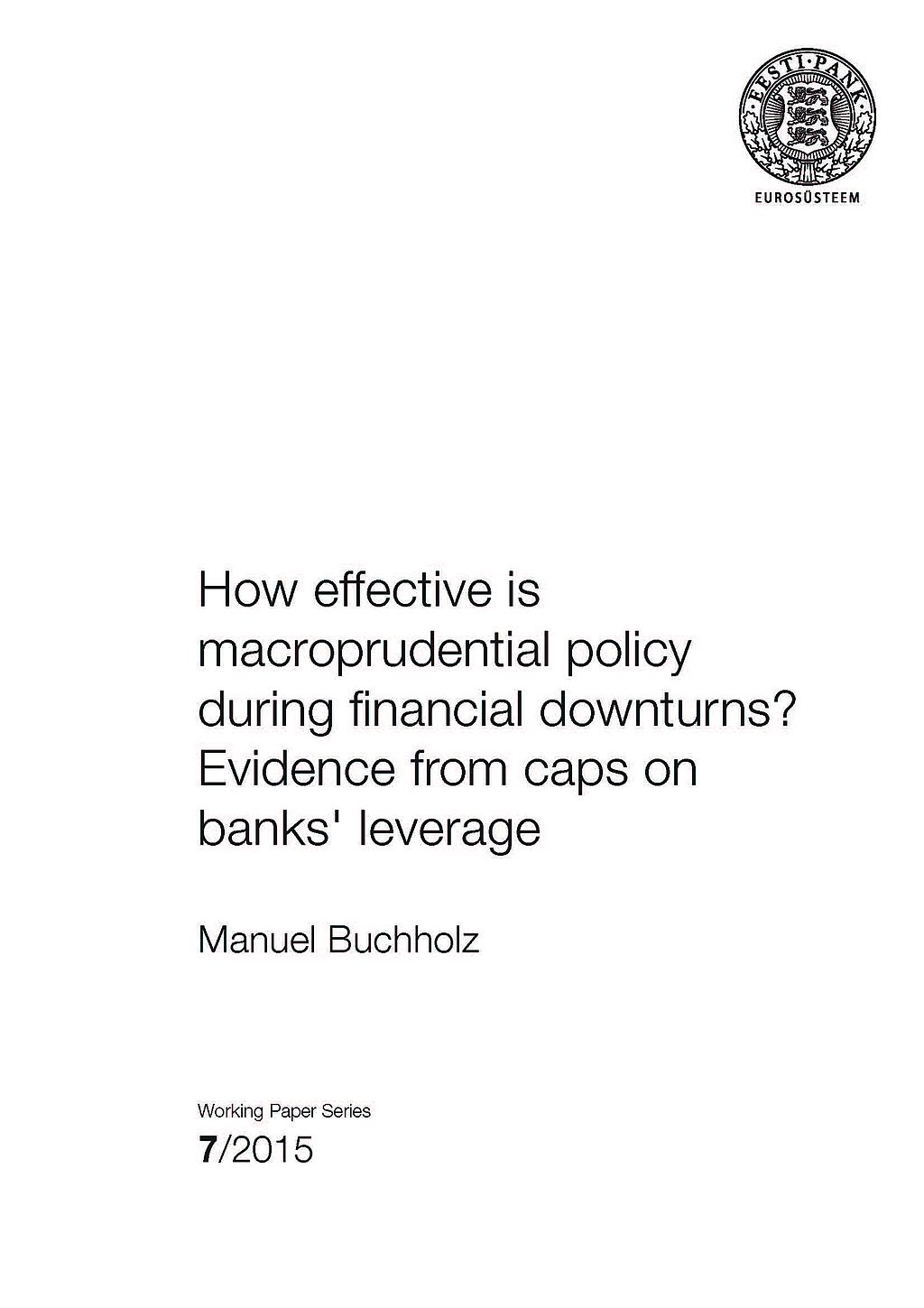
How Effective is Macroprudential Policy during Financial Downturns? Evidence from Caps on Banks' Leverage
in: Working Papers of Eesti Pank, No. 7, 2015
Abstract
This paper investigates the effect of a macroprudential policy instrument, caps on banks' leverage, on domestic credit to the private sector since the Global Financial Crisis. Applying a difference-in-differences approach to a panel of 69 advanced and emerging economies over 2002–2014, we show that real credit grew after the crisis at considerably higher rates in countries which had implemented the leverage cap prior to the crisis. This stabilising effect is more pronounced for countries in which banks had a higher pre-crisis capital ratio, which suggests that after the crisis, banks were able to draw on buffers built up prior to the crisis due to the regulation. The results are robust to different choices of subsamples as well as to competing explanations such as standard adjustment to the pre-crisis credit boom.

Monetary Policy under the Microscope: Intra-bank Transmission of Asset Purchase Programs of the ECB
in: IWH Discussion Papers, No. 9, 2015
Abstract
With a unique loan portfolio maintained by a top-20 universal bank in Germany, this study tests whether unconventional monetary policy by the European Central Bank (ECB) reduced corporate borrowing costs. We decompose corporate lending rates into refinancing costs, as determined by money markets, and markups that the bank is able to charge its customers in regional markets. This decomposition reveals how banks transmit monetary policy within their organizations. To identify policy effects on loan rate components, we exploit the co-existence of eurozone-wide security purchase programs and regional fiscal policies at the district level. ECB purchase programs reduced refinancing costs significantly, even in an economy not specifically targeted for sovereign debt stress relief, but not loan rates themselves. However, asset purchases mitigated those loan price hikes due to additional credit demand stimulated by regional tax policy and enabled the bank to realize larger economic margins.


















